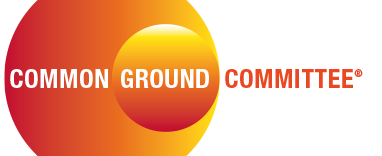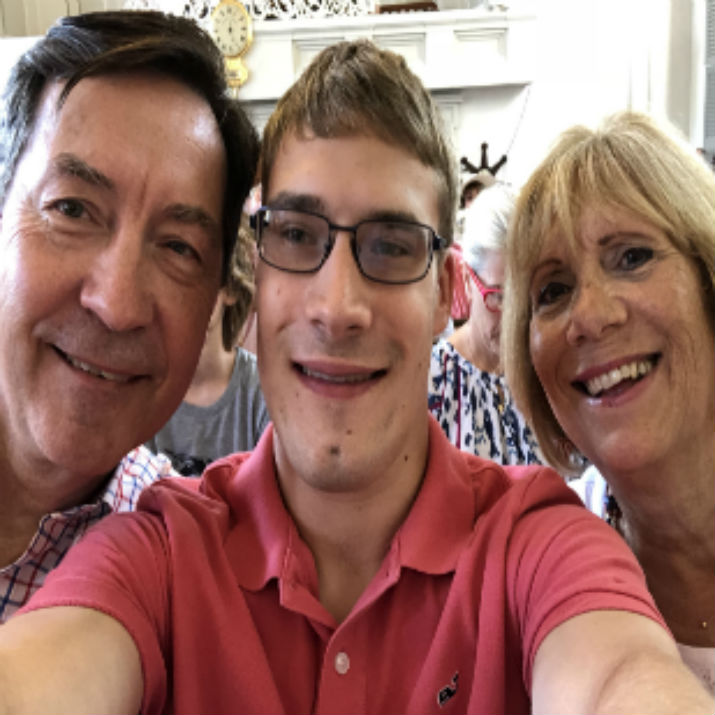The Middle Shelf: Part 12- A CGC Guide to Finding Common Ground through Reading
Hello Middleshelfers, sorry for the change in scheduled posting
As we have been pointing out, the book selections for July were intended to look back at our nation’s founding in an effort to help us better understand our history. Understanding where we came from in terms of our country’s past struggles is one element that might help us achieve common ground. Knowing the trials and tribulations of where we have been could help guide us through to where we want to be.
In searching for books to highlight, we found many that were written about the well-known founders like Washington and Jefferson and last week we recommended reading about the often forgotten founder John Jay. It would have been easy to recommend something about Alexander Hamilton as the hot pick, and choosing David McCullough’s 1776 or epic biography of John Adams would have been easy selections (which we do recommend people read).
However, after much thought, we decided that some of the necessary lessons on how to achieve common ground could be found in a book about a later president who while not present at the creation, had a profound impact on our nation that was every bit as crucial as the Founders. This week’s book dramatically explores how a president not only overcame his rivals but managed to bring them together to help him forge a nation. His determination to find common ground on issues in a way that his rivals could not only live with but come to agree with him on is a story worth understanding.
Doris Kearns Goodwin has been hailed as one of the most acclaimed historians writing about the presidency during the last 50 years. Though her career has not been without some controversy over primary sources, she has spent her career focusing on those presidents that she felt had made seismic shifts in the country’s history.
Her best-known work is Team of Rivals: The Political Genus of Abraham Lincoln. What makes this book a model for common ground is the story she tells of how President Lincoln managed to bring the three men who had run against him in 1860 into his cabinet ( Attorney General Edward Bates, Secretary of the Treasury Salmon P. Chase and Secretary of State William H. Seward) and obtained not just their loyalty but a reconciliation of their differences as he moved toward abolition.
Lincoln’s position on why he recruited his rivals was:
While Seward not only became an ally but a trusted friend, Chase sought to undermine Lincoln. Nevertheless Lincoln kept him in the cabinet because he respected his knowledge of finance. His willingness to overlook Chase’s animosity even resulted in him appointing Chase as Chief Justice of the Supreme Court since he felt that he was the one best able to carry forth the newly adopted Thirteenth Amendment abolishing slavery.
While the book focuses primarily on the three political rivals Lincoln beat in 1860, there are also other rivals that are featured, especially Democrat Edwin Stanton. Stanton was a brilliant attorney who had regarded Lincoln as a “country bumpkin.” However, when Lincoln decided to change his Secretary of War, he tapped Stanton for the job despite Stanton’s low opinion of him. Like Seward, Stanton became a Lincoln loyalist. It was Stanton who said upon Lincoln’s assassination, “Now he belongs to the ages.”
So what was Lincoln’s secret to bringing common ground to a disparate group of one time rivals? According to one review:
“Part of the answer lay in Lincoln’s steadfastness of purpose, which inspired subordinates to overcome their petty rivalries. Part of it lay in his superb sense of timing and his sensitivity to the pulse of public opinion as he moved to bring along a divided people to the support of “a new birth of freedom.” And part of it lay in Lincoln’s ability to rise above personal slights, his talent for getting along with men of clashing ideologies and personalities who could not get along with each other.”
Kearns’ book helps us to understand that among the many talents that Lincoln possessed was the unique ability not just to make friends of enemies but to overlook the animus in order to mine the talents of those who had opposed him throughout his presidency.







